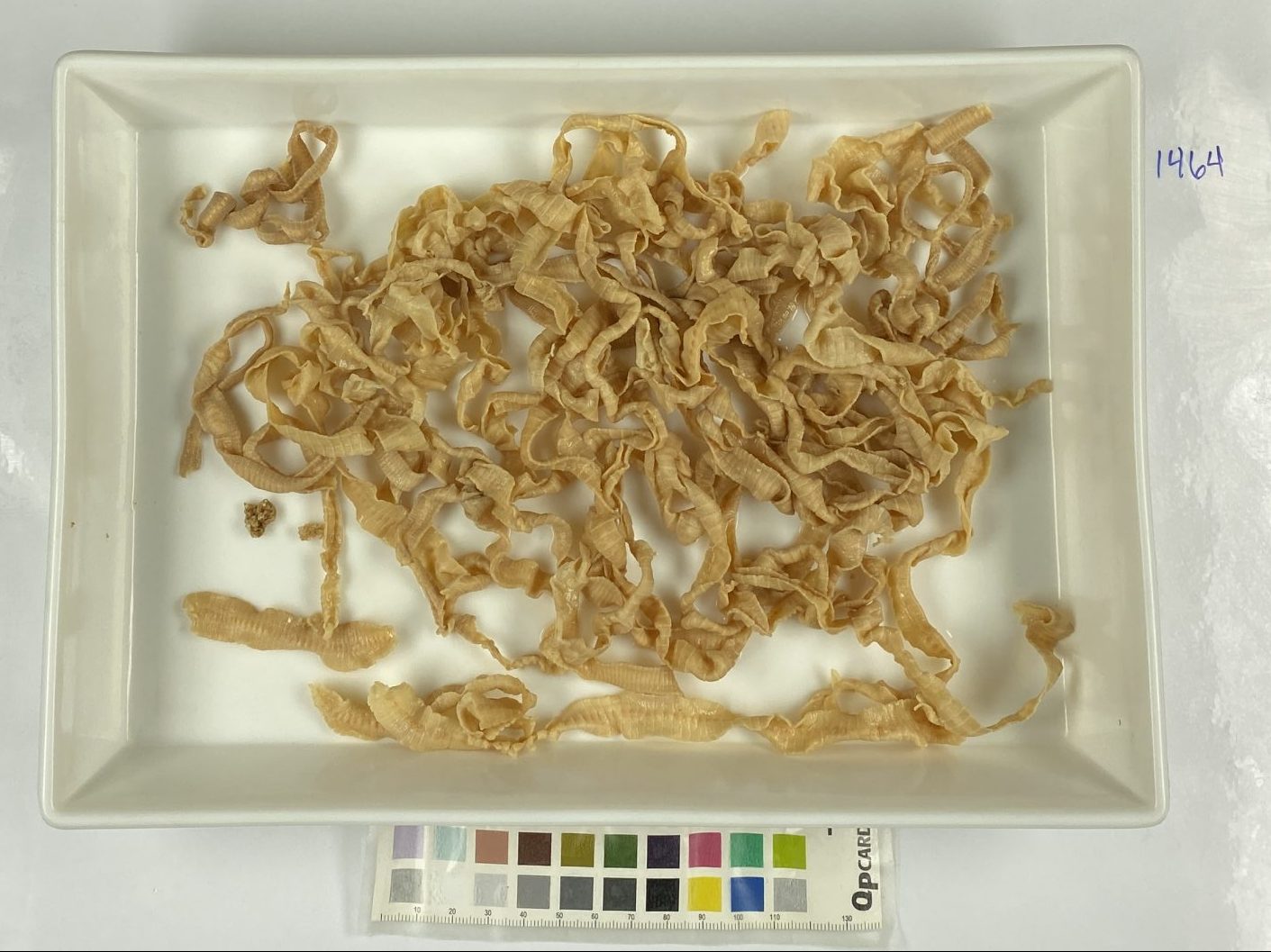
Group of the Month: Diphyllobothrium
Author: Rita Austin (former group member) Known as broad or fish tapeworms, these spaghetti impersonators are some of the largest parasites that can infect huma... Read more.
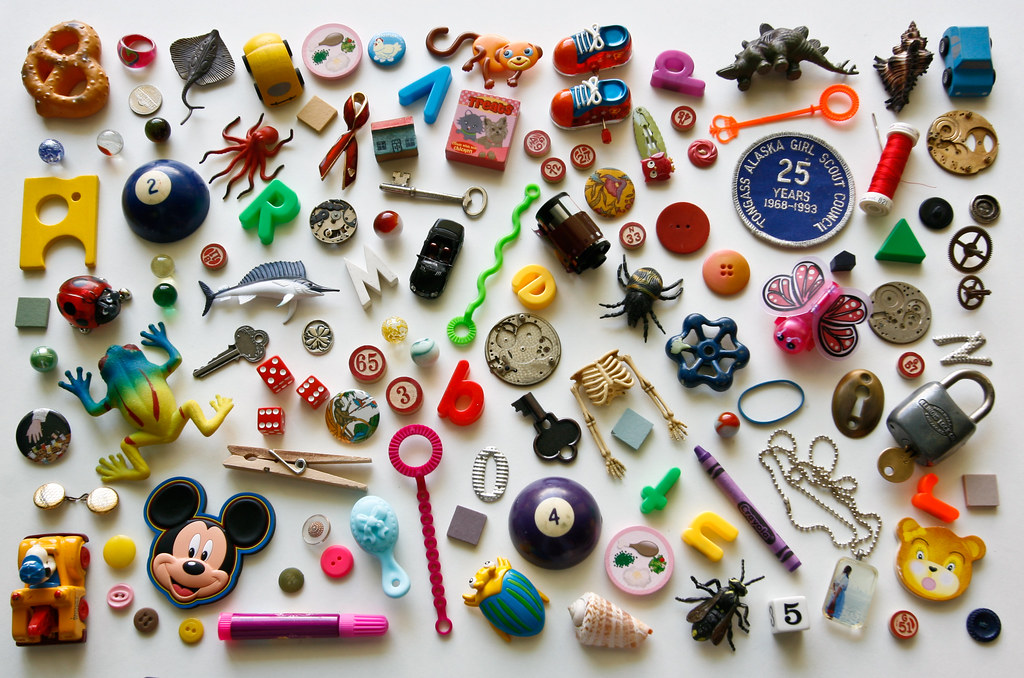
Door 22: Tapping into Personal Genetics from Keepsakes – Breakthroughs and Concerns
Direct to consumer genetic testing of family heirlooms and keepsakes (e.g., used stamps, baby teeth) provide insight into genealogy and ancestry. Published earl... Read more.
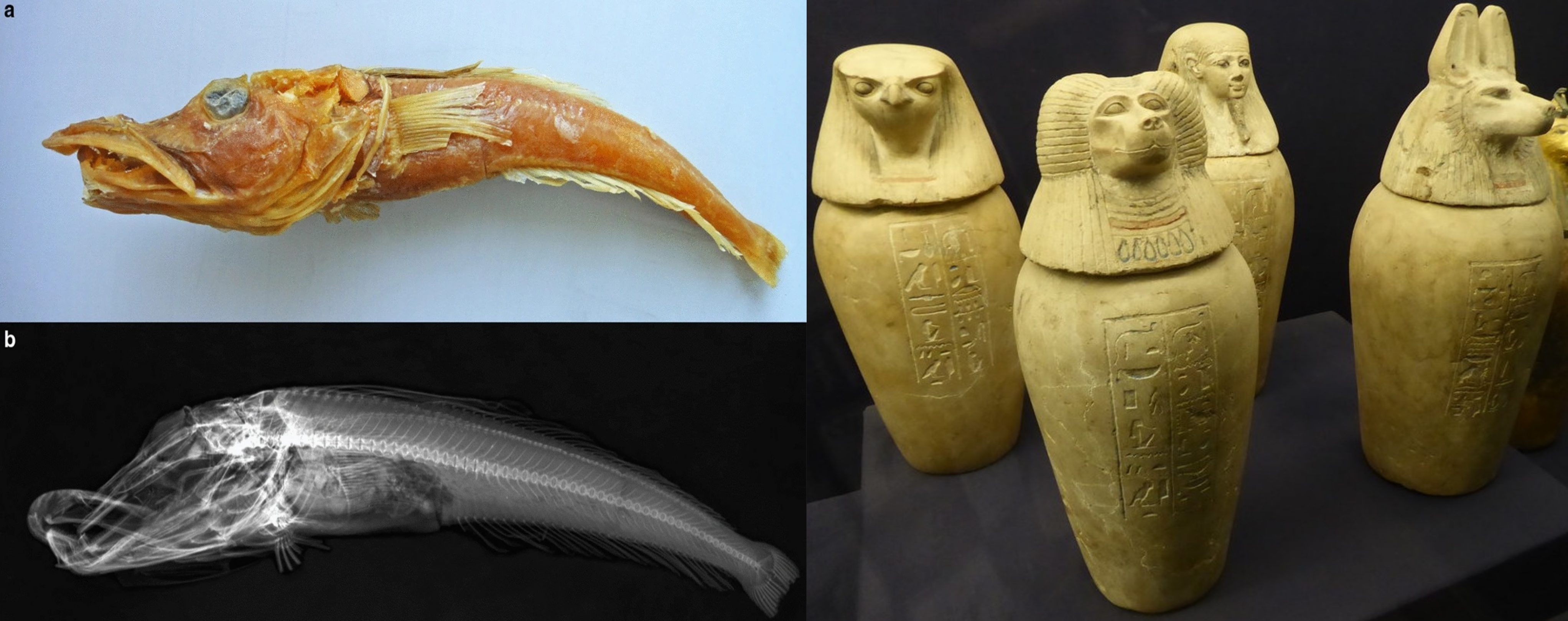
Door 13: Expanding Sources of DNA in Museums
Author: Rita Austin (former group member) Diverse museum holdings offer unique and exciting potential sources of ancient DNA and other biomolecules (e.g., RNA a... Read more.
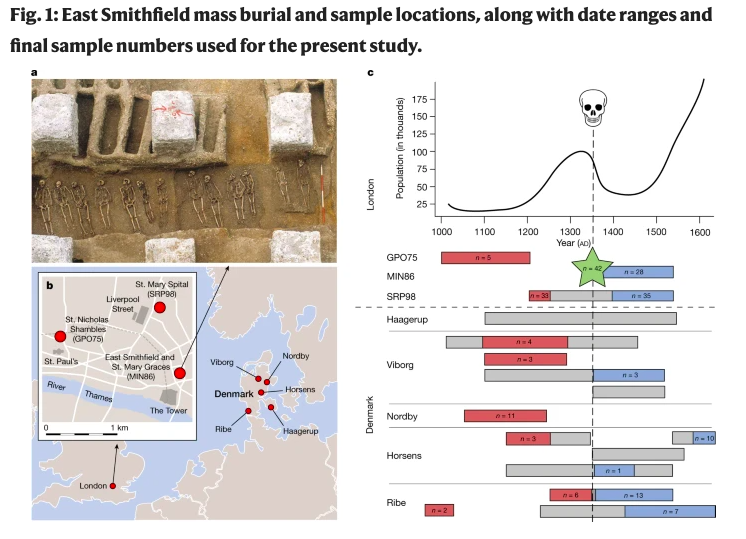
Door 5: Immunity Genes Related to the Black Death
Published in October, startling results of natural selection in humans indicates certain immunity genes may have helped people survive the Black Death of the 13... Read more.

Specimen fixation – how, and what for(malin)?
When an organism dies, it decomposes, whereby complex structures are broken down. Broadly following 5 to 6 stages, decomposition may be halted or accelerated at... Read more.
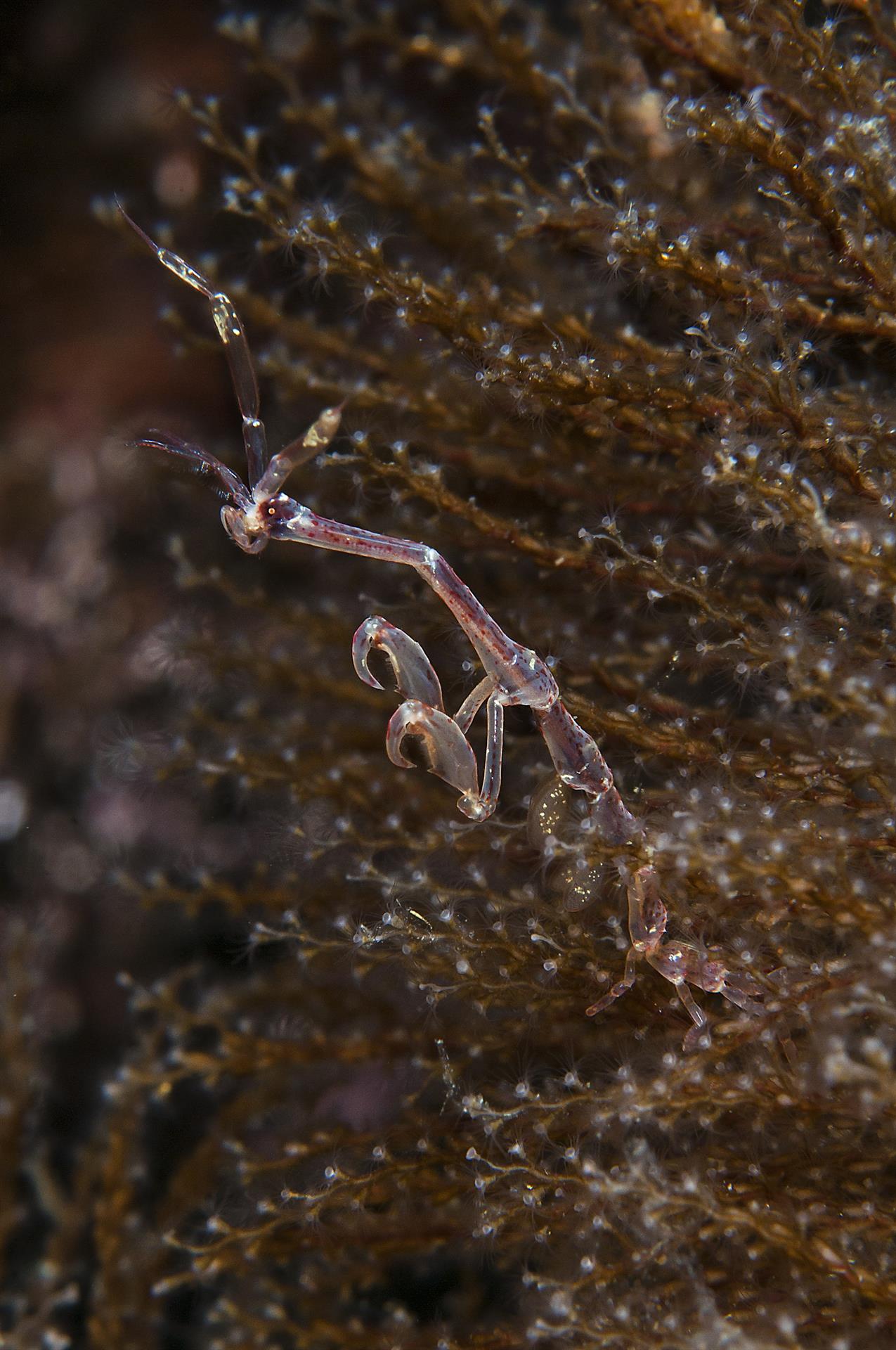
Group of the month: Family Caprellidae
Spooky scary skeleton shrimp, send shivers down your spine, their appearance will shock your soul, but certainly don’t seal your doom tonight! Family Caprelli... Read more.

Catching up! Door 22 – Progresses and challenges during 2021
Everyone has missed a day of ticking off advent as some point! Making today a two-for-one post day! Enjoy! By Alberto Valero-Gracia This year has been a bit pec... Read more.

Door 21 – Persistent considerations for molecular analyses of museum specimens
Many factors come into play when making decisions about using museum specimens, especially for molecular applications. As a museum scientist that utilizes molec... Read more.

Field Trip to Sylt
By Alberto Valero-Gracia In my second post of the advent calendar, I would like to share with you some of the pictures I’ve taken during our field trip to Syl... Read more.
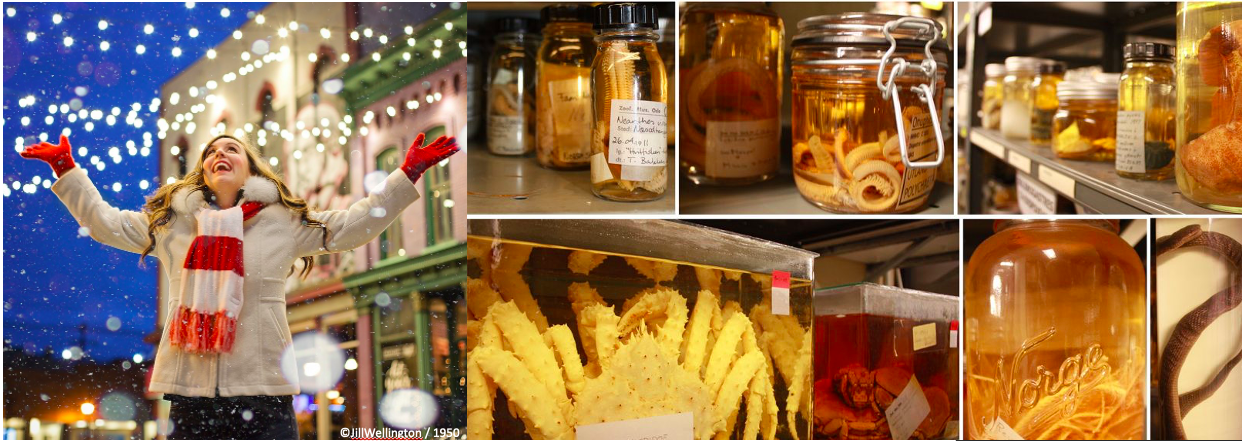
Door 13: Christmas Excitement at the Museum
“On the thirteenth day of Christmas my true love gave to me”…an unbridled curiosity of organismal diversity and their relationships, historica... Read more.